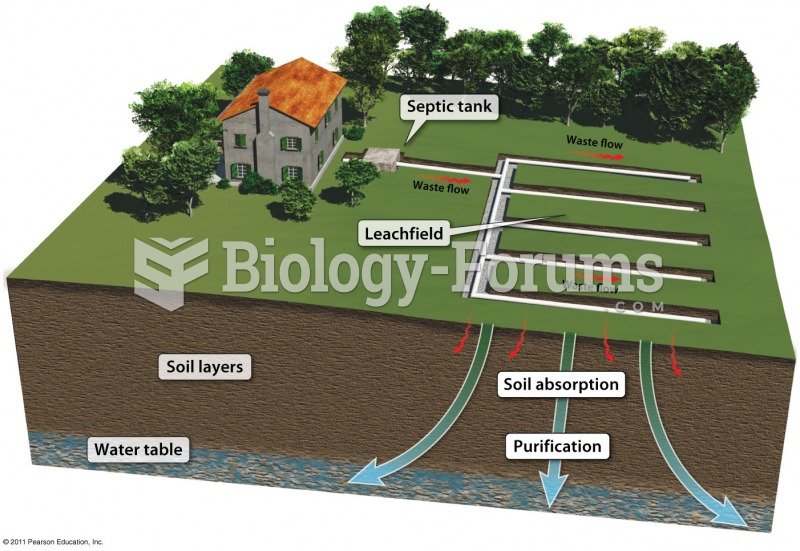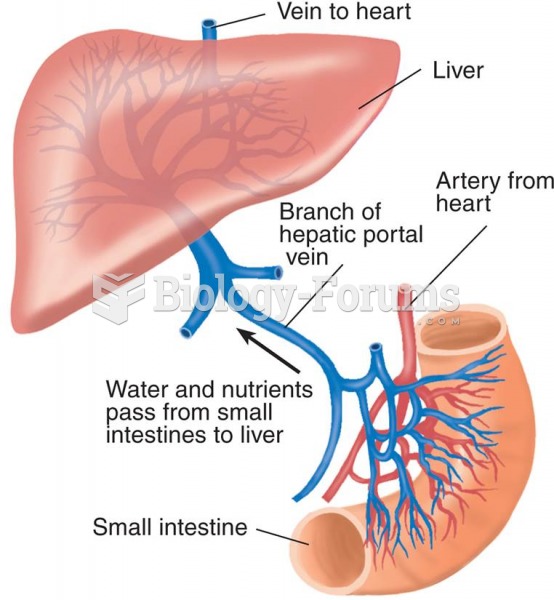Answer to Question 1
Minerals are abundant in both plant- and animal-based foods. In general, animal-based products have higher mineral contents than do plant-based foods. For example, a one-cup serving of milk contains approximately 300 mg calcium, while a one-cup serving of broccoli contains approximately 43 mg calcium. The location where a plant grows and where an animal grazes can also influence mineral contents of foods. For instance, a plant grown in selenium-deficient soil will have a lower selenium content than one grown in selenium-rich soil. Not surprisingly, selenium deficiency is more common in people living in geographic regions with low-selenium soil. The extent to which a food is processed can also influence its mineral content. For example, cereal grains contain minerals such as copper, selenium, and zinc, but these important nutrients are lost during processing. Although food manufacturers sometimes fortify their products with minerals lost during processing, most health care professionals recommend choosing foods made with whole grains whenever possible.As with foods, the types and amounts of minerals found in drinking water vary by region. Hard water has appreciably high levels of dissolved minerals such as calcium and magnesium. The types of minerals present in water can give it a particular taste and smell. Also, some minerals can pose problems to homeowners because mineral deposits tend to collect on the hard surfaces of pipes, sinks, and bathtubs.
Answer to Question 2
Molybdenum appears to be absorbed almost completely in the intestine. After circulating in the blood to the liver, molybdenum serves as a cofactor for several enzymes involved in the metabolism of sulfur-containing amino acids such as methionine and cysteine. Molybdenum is also critical to the structural building blocks of deoxyribonucleic acid. Finally, molybdenum-containing enzymes are essential to the detoxification of drugs in the liver.







